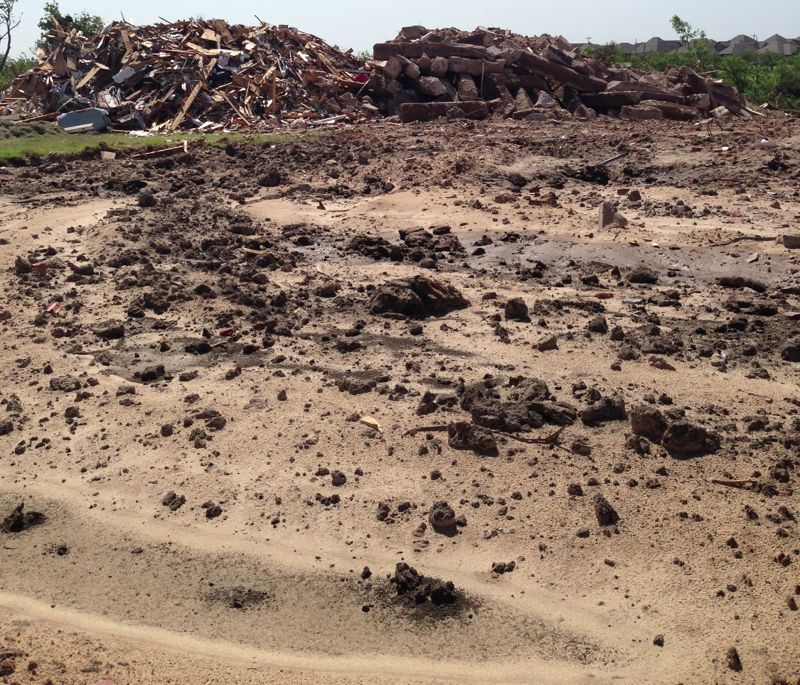

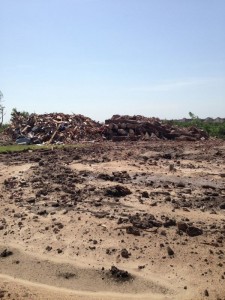
Moore, Oklahoma
Story By Jon Goff – Nelson County, VA
Editors Note: Jon Goff, a teacher at North Branch School and resident of Faber, VA recently helped with cleanup efforts in Moore, Oklahoma where a devastating tornado hit back in May. Jon worked with a Virginia Beach division of Operation Blessing. Upon arrival he was sent to an organization that needed additional help. Below in his own words, Jon’s story of time spent in Moore.
Christopher Legg, a nine year old at Plaza Towers Elementary School in Moore, Oklahoma, heard a friend crying as a massive tornado tore through town on May 20. He died heroically going to help. His parents, Ross and Danni Legg, lost not only their son, but their home and everything they owned.


The Legg family is not alone. Seven children were killed at Plaza Towers, and the surrounding neighborhood is left resembling Hiroshima following the first atomic bomb drop. The twister, which dwarfed the power of an a-bomb with winds in excess of 200 miles per hour, according to NewsOK, destroyed some 13,000 homes, and the damage is estimated at about two-billion dollars. The EF-5 tornado, the most severe on the enhanced Fujita scale and about 1.3 miles in diameter, left 377 people injured and 24 dead.
A tragedy nevertheless, the low death toll is a testament to the preparedness of those who live in Tornado Alley. Moore, Oklahoma is in the very center of this bizarre microclimate. Since 1890, 22 tornados have passed over Moore or the surrounding area, all following a similar northeastern path. The Atlantic Wire has a Google Earth image of each storm’s path. For comparison, the EF-5 twister that hit Joplin, Missouri on May 22, 2011, a region less prone to twisters, left 122 dead and about 8,000 structures destroyed according to National Geographic.
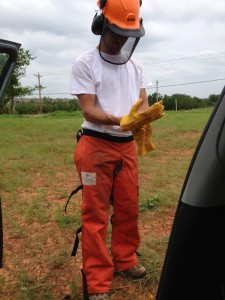

To survive a Moore twister, you have two options: get out or go under. Many evacuated before last month’s storm, and residents commented on the congested traffic. Storm shelters are a common installation in homes, and shelter suppliers can be seen in shopping centers along the highway. Moore resident, Danny Johnson, took refuge with his wife in their neighbor’s underground shelter, measuring about 8 by 10 feet and containing only Moore High School stadium cushions. I asked Danny what had stood on the vast mud pit in front of us, with a massive pile of rubble behind it. He replied, “That’s my house. That was my garage door in front of you! I retired in January, after finally paying of our 3,000 square foot home.” When I called Danny on June 26, he said, “We’re doing alright. We’re moving into a house this weekend.”
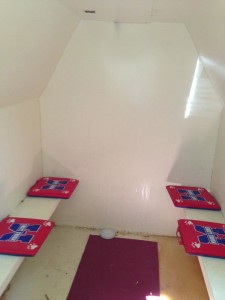

So what can be done to prevent these tragedies in the future? Moving an entire metropolis isn’t an option, and Mother Nature is a stubborn adversary. When I asked Danelia Smallwood, a resident of nearby Norman, Oklahoma, she responded promptly in tears: “Basements help, but we can’t afford them here. Our land is flat and our soil is hard. Even if we have them, people still die by drowning or suffocation when gas lines burst.” Then she turned to Plaza Towers Elementary school: “The best we can ask for is mandatory storm shelters in schools.” Her daughter, Amy Smallwood, waited out the storm in such a shelter at Oklahoma University. Though storm shelters are essential to surviving future twisters, much work needs to be done now.
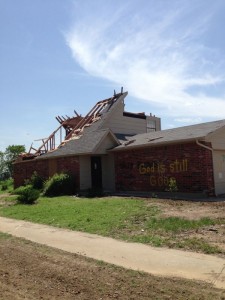

The volunteer efforts in Moore are incredible, and the people there can actually restore one’s faith in humanity, despite the surrounding Hell. People have rushed to the site from all of the U.S. and the world. Volunteers work to move debris to the curb, where FEMA uses cranes and dump-trucks to haul it away. The houses that have not been condemned need to be gutted for renovation. Both secular and church organizations are at work, and Protestants, Catholics, Scientologists, Jewish Missionaries, and non-believers work side by side for a common cause. Operation Blessing, based in Virginia Beach, is one organization hard at work. First Southern Baptist Church, built for a congregation of 7,000, now houses volunteers as “the hotel.” As I reflected on stories of Hurricane Camille, which devastated Nelson County and the surrounding landscape of Central Virginia on August 19, 1969, I remember the old folks saying, “Then the Mennonites came.”


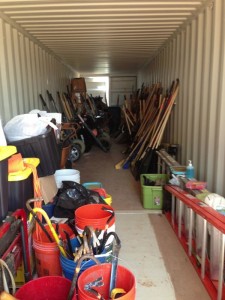

If you are interested in helping the residents of Moore, please visit Servemoore.com, to which the city is referring all volunteer efforts. The family of Christopher Legg can be helped through the Ross and Danni Legg Family Tornado Relief Fund. Many organizations have been overwhelmed by donations, but money and labor are still needed. Helping is easy. Shelter, showers, tools, and food are provided for volunteers. All you have to do is head west on the Trail of Tears.

